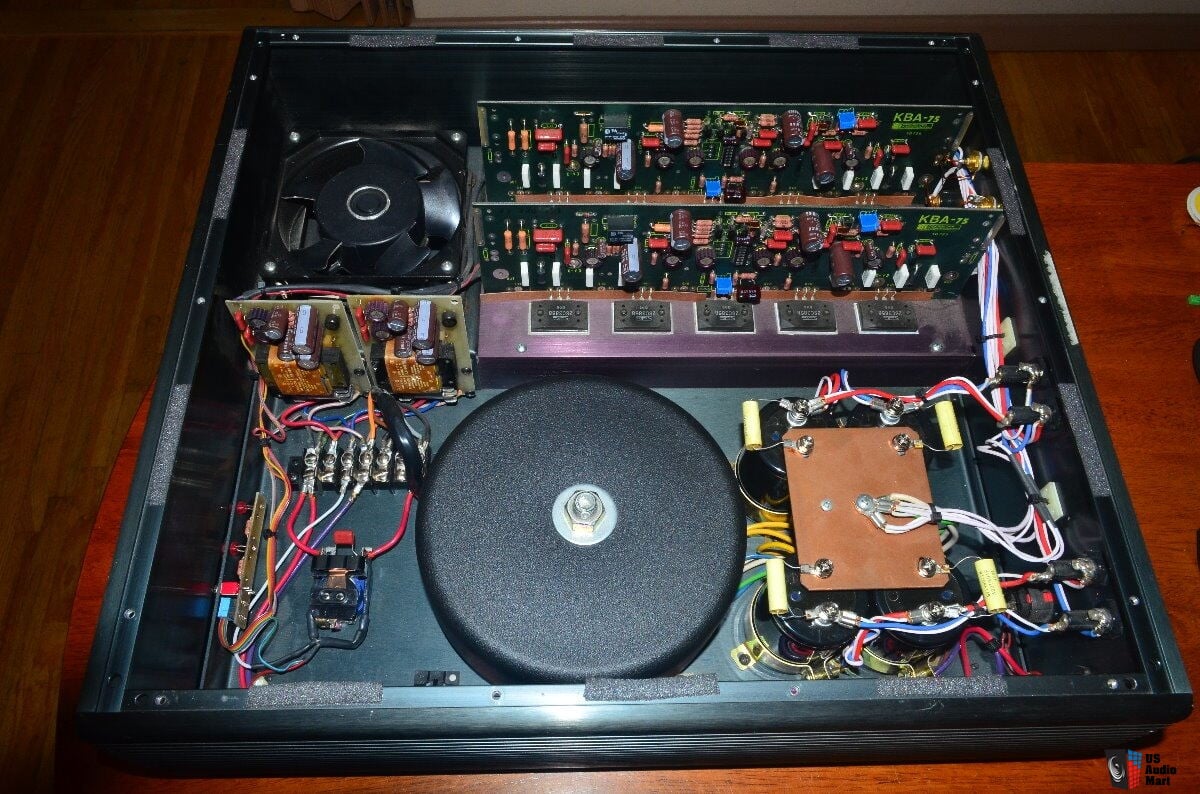Yes, a couple of decades ago, a push-pull amplifier was cheaper, cooler, more powerful, and less-linear than a class A amplifier. However, this is no longer the case with todays power, control (and often integrated) components of a highly efficient and highly linear power amplifier. More and more becoming direct digital [power] conversion, erasing the difference between classical “transistor” architectures.
There's a lot to unpack in that paragraph, but let me try. First off, Class A vs AB is not a choice between push-pull and single-ended. It is true that many of the first transistorized amps were single-ended, but that's mostly because the PNP devices of the time truly sucked. Class A designs can be push-pull as long as both output devices conduct current during the entire sine wave cycle. Similarly, Class AB outputs can be push-pull or single-ended.
In Class A, both halves of the output stage conduct current always. In Class B each half of the output stage takes turns conducting the output current. A Class B output stage will have crossover distortion. In Class AB the two halves of the output stage still take turns conducting the output current, but there's enough overlap between the two to ensure that the output current is continuous. A well-designed and optimally biased Class AB output stage will have very low crossover distortion but not quite as low as a Class A output stage.
The thing is that there are other ways of getting low distortion than a Class A output stage. For example you can throw loop gain at the problem. That's my approach in the
Modulus-86, for example, and Bruno P's approach in the Hypex/Purifi amps. There are also ways of applying error-correction locally to the output stage. So in my view Class A is mostly about large heat sinks, heavy transformers, and marketing.
Beware that some manufacturers claim "Class A to 10 W" or something similar. I would call that a high-bias Class AB. You'll get Class A performance below 10 W and worse than optimally biased Class AB performance above 10 W. That's not my idea of a good time.
There is one area where I think Class A is attractive and that's in headphone amps. Still mostly for marketing, but also for simplicity. A Class A output stage is pretty easy to bias.
Tom



